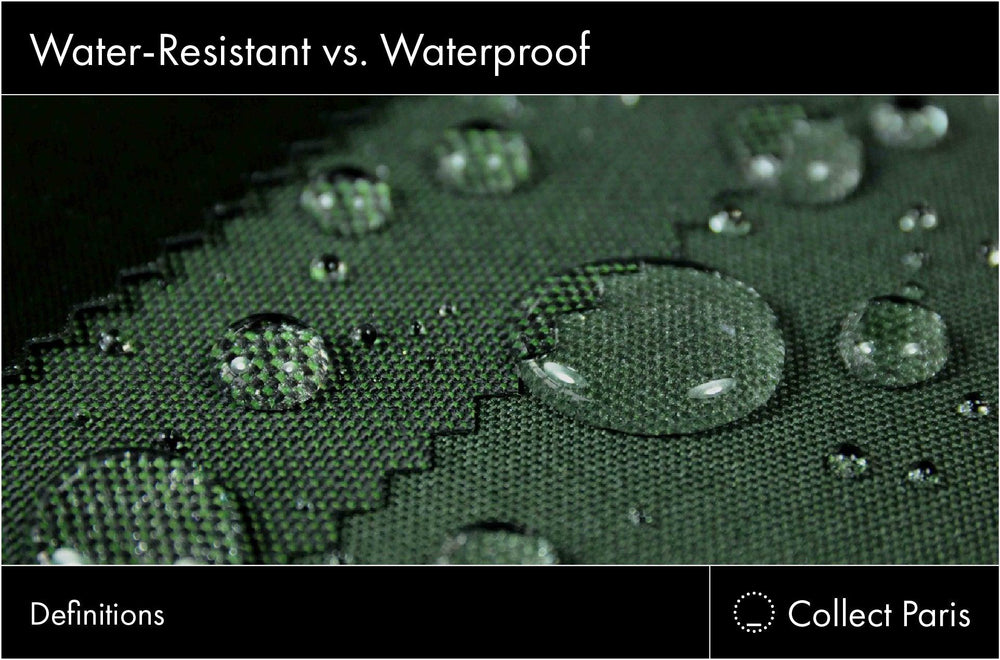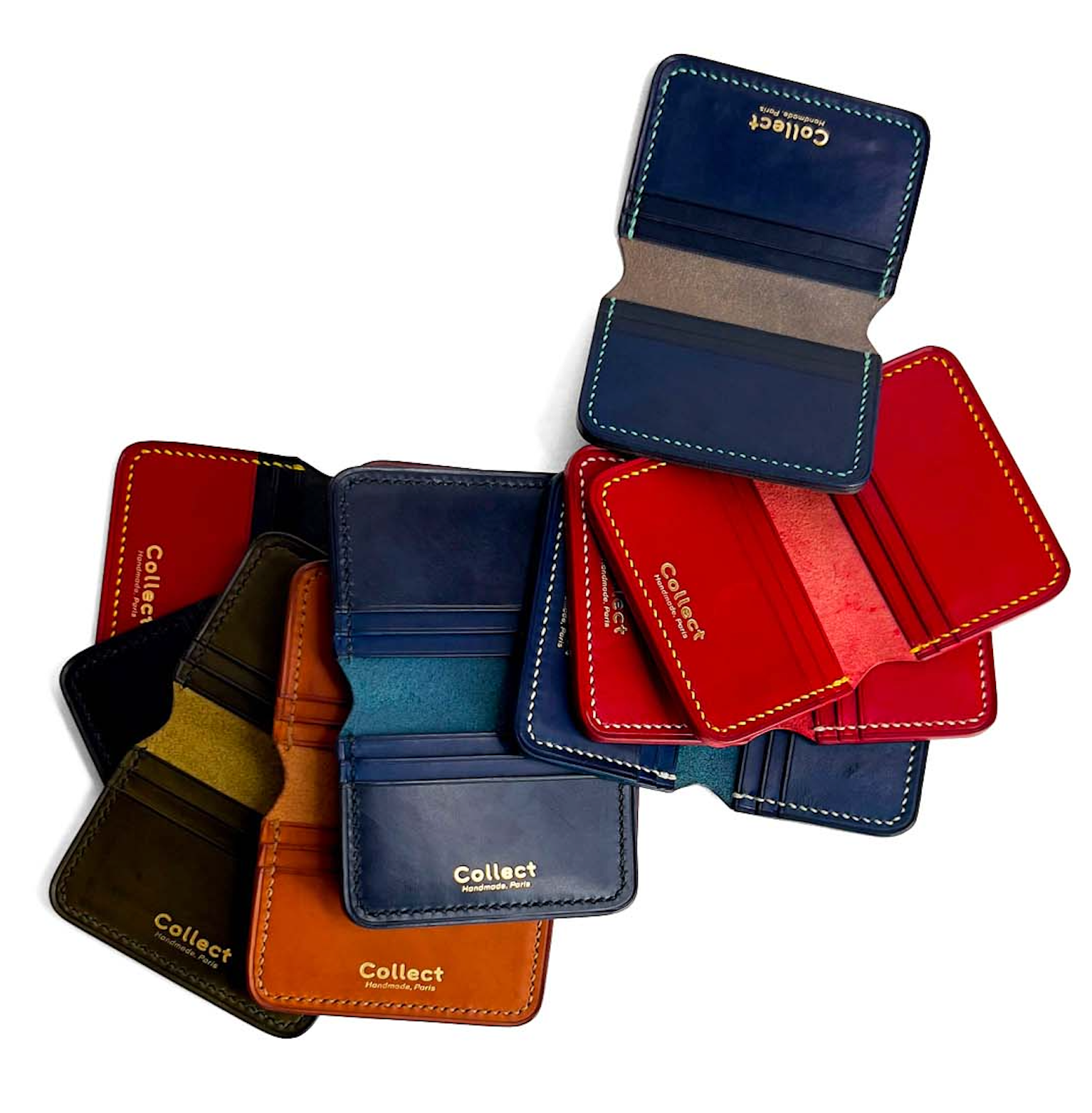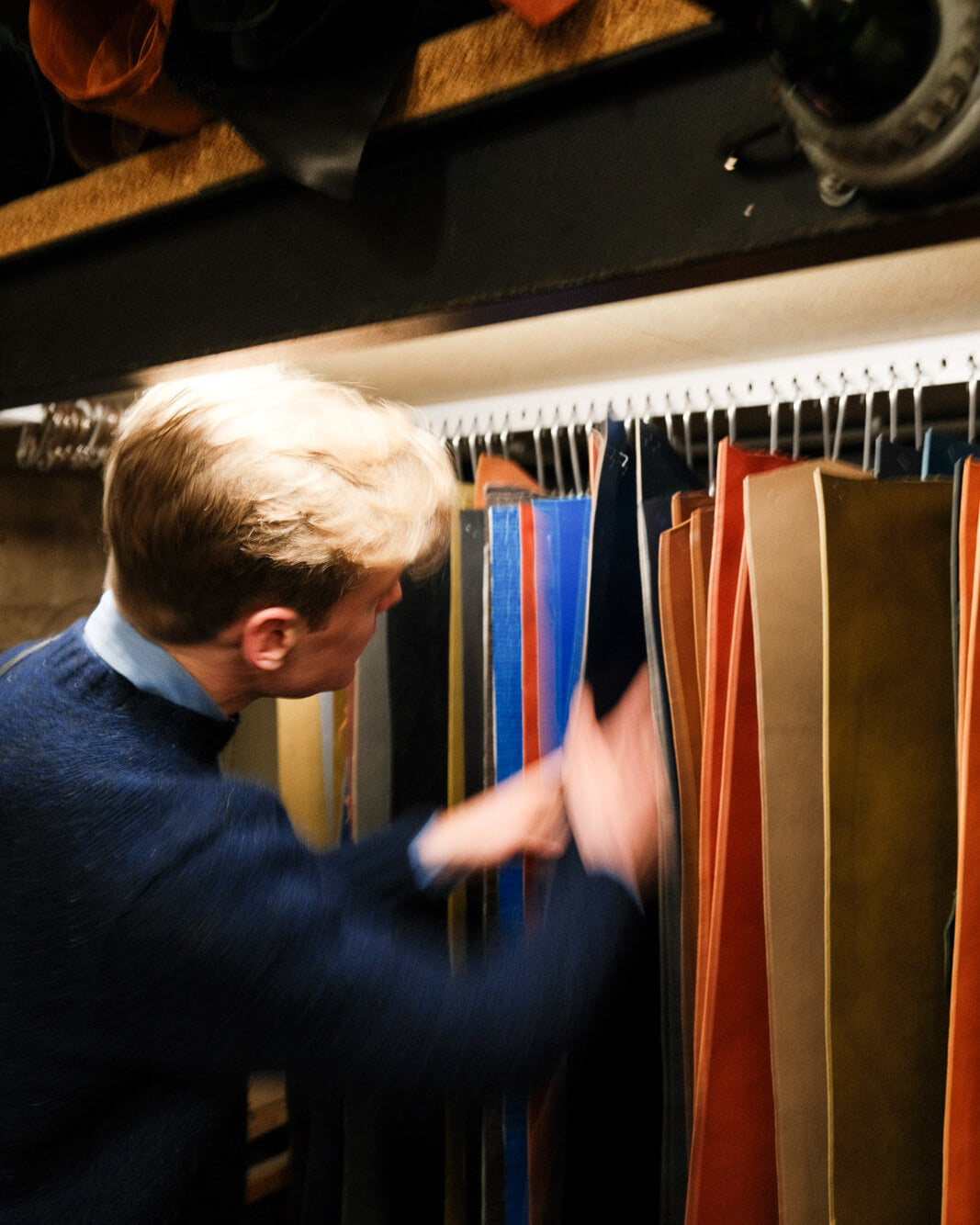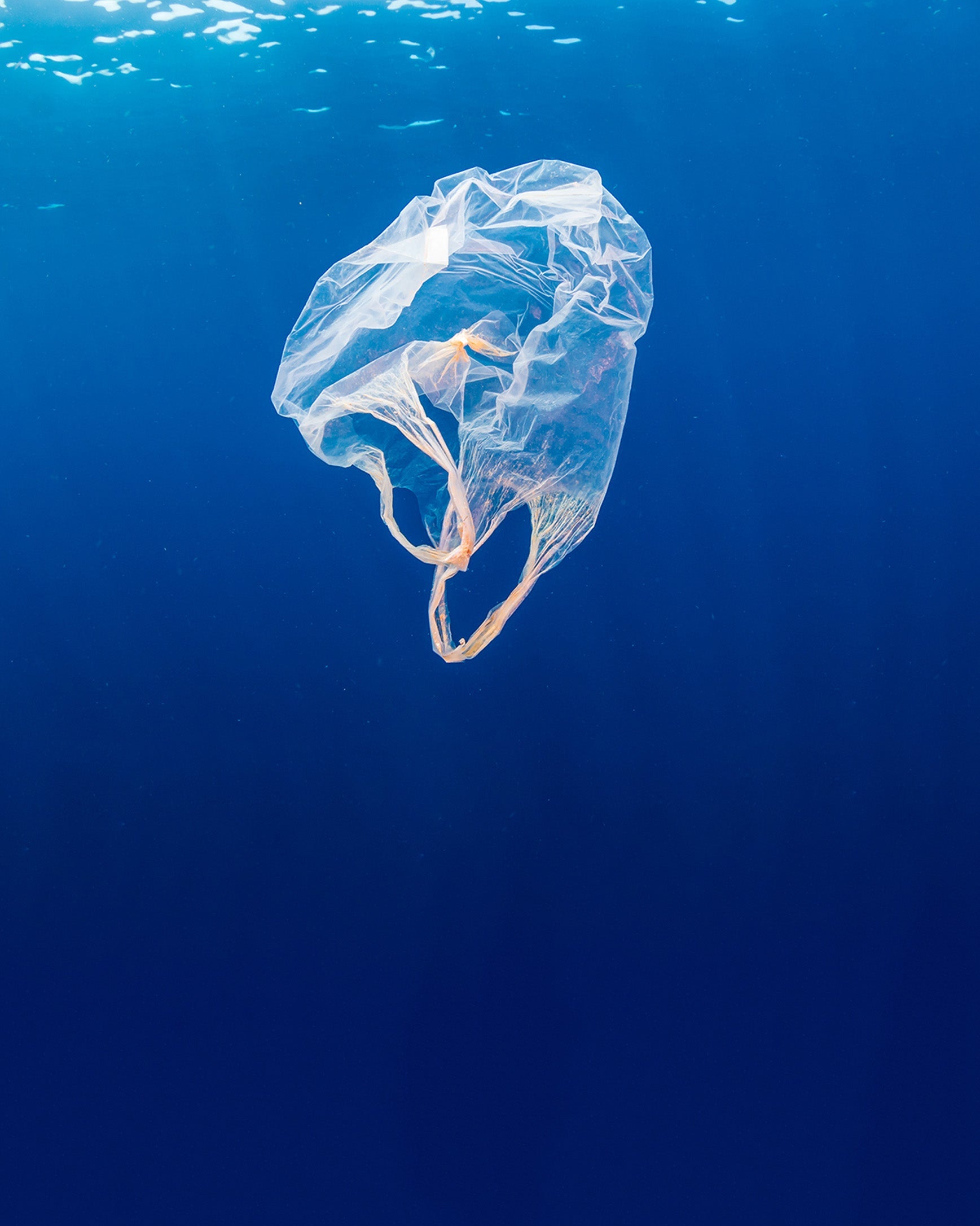
Waterproof Vs Water-Resistant Fabric: Know The Difference
When choosing a backpack, jacket, or other travel accessory, it's important to know the level of protection against water you're getting. Water protection is not one-size-fits-all. Let's delve into the distinctions.
Broad Differences Between Waterproof, Water-Resistant and Water-Repellent Fabrics
Definition of Waterproof:
Waterproof means full protection. Imagine diving deep underwater, and whatever is inside your waterproof gear remains dry. It's a total shield against water.
Definition of Water-Resistant:
Picture walking through a light drizzle with an umbrella that has tiny holes. Some drops may seep in, but not a flood. That's water-resistant. It'll give protection, but only up to a certain level.
Definition of Water-Repellent:
Water-repellent is when water slides off like a rolling bead, thanks to the fabric's surface. But if you press hard or leave it in the rain long enough, it might get wet inside.
Fabrics used for Waterproof Garments
Gore-Tex |
This is a top choice for many outdoor enthusiasts. Gore-Tex is not only waterproof but also lets your skin breathe, ensuring comfort. |
PVC (Polyvinyl Chloride) |
Think of those shiny raincoats or boots. PVC gives absolute water protection, making it a classic choice. |
Rubber |
Think of those shiny raincoats or boots. PVC gives absolute water protection, making it a classic choice. |
Neoprene |
The material of choice for divers. Neoprene wetsuits aren't just for warmth, they keep water out too. |
 |
Fabrics used for Water-Resistant Garments
Nylon |
This is a tough one, often used for backpacks and jackets. While inherently durable, many nylon products get an extra treatment to resist water. |
Polyester |
Common in everyday wear, and with a bit of treatment, it stands up quite well to rain showers. |
Tightly Woven Fabrics |
Some natural fabrics, like certain cotton types, resist water simply because they're woven so tightly. |
 |
Fabrics used for Water-Repellant Garments
Teflon-coated fabrics |
A surprising use for Teflon, perhaps, but it's great for making water roll off fabric surfaces. |
Wax-coated fabrics |
A time-honoured tradition. Wax gives fabrics a unique finish, making raindrops bead up and roll away. |
Silicon-impregnated fabrics |
A modern twist to enhance a fabric's ability to shrug off water. |

|
Conclusion
Knowing your fabrics can make or break your day out, especially when nature is unpredictable. If you're trekking through heavy rainforests, a waterproof choice is vital. But for an urban commute with only a hint of rain? Water-resistant might be just fine. Choose wisely and stay dry.
Remember, it's not just about keeping dry but also about ensuring comfort and durability in your travel gear.







